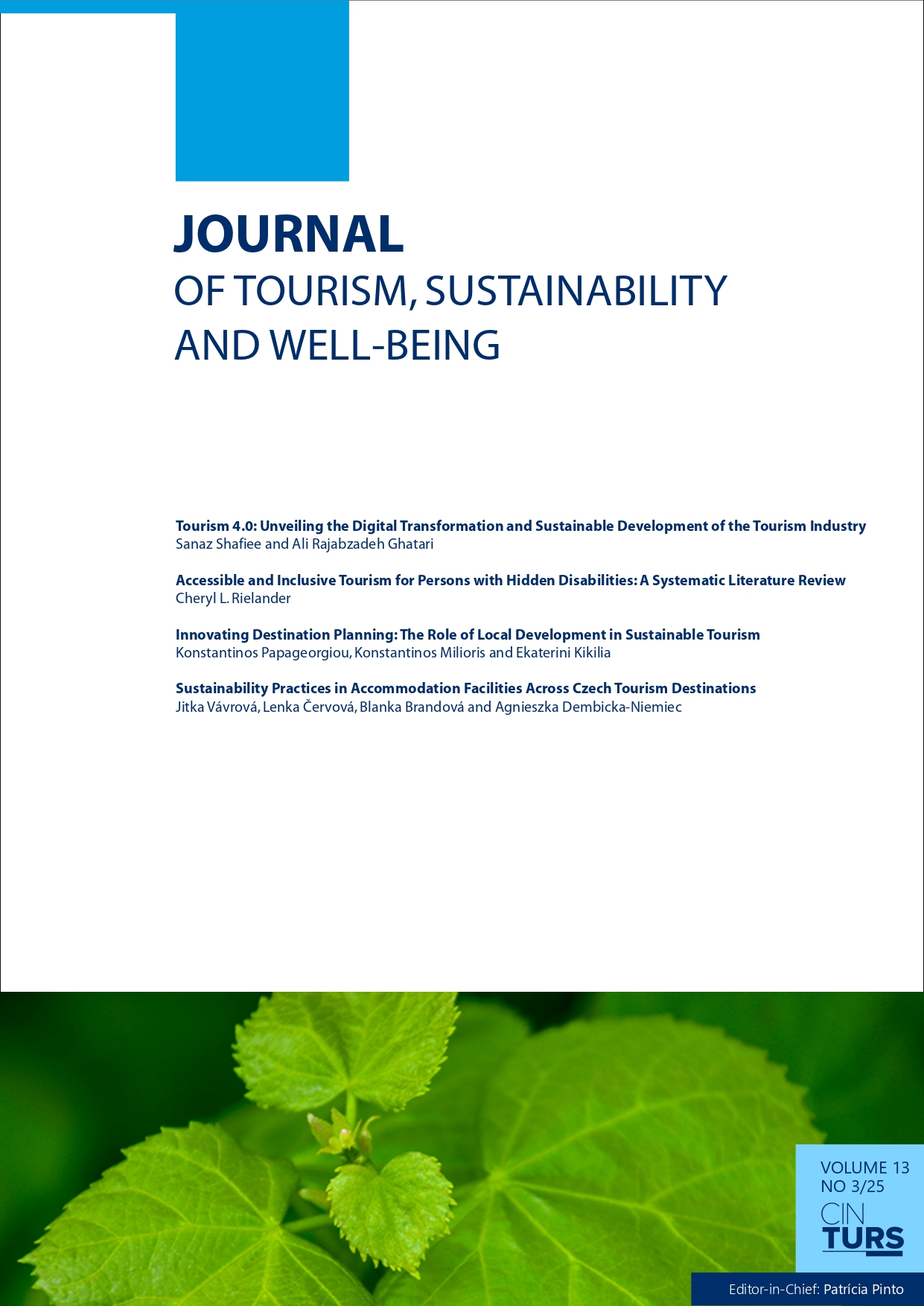Accessible and Inclusive Tourism for Persons with Hidden Disabilities: A Systematic Literature Review
Abstract
Tourism plays a pivotal role in the global economy and significantly contributes to gross domestic product (GDP) and employment. Its swift rebound after the COVID-19 pandemic underscores its resilience and interconnection with various sectors, such as construction, agriculture, and telecommunications, amplifying its economic impact. Tourism has traditionally been concerned with the people who participate. However, studies are increasing with the implementation of accessible tourism programs that aim to reduce barriers, enabling persons with disabilities (PWD) access to more leisure activities and addressing the need for access by PWD, thereby ensuring equitable access. This paper identifies available literature on accessible and inclusive tourism for persons with hidden disabilities (PwHD) to determine processes put in place by the tourism industry to manage PwHD. This conceptual paper used a systematic literature review methodology to identify relevant literature on hidden/invisible disabilities using Google Scholar and an academic university’s database. The finding of the paper aims to synthesize the tourism industry and the barriers related to travel for PwHD.



